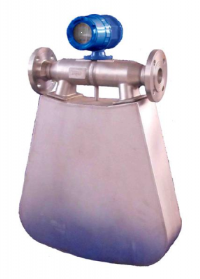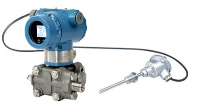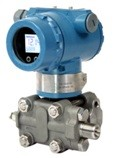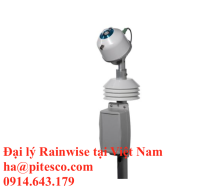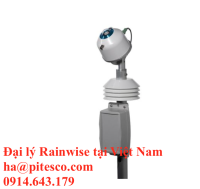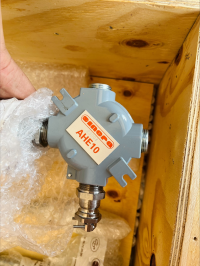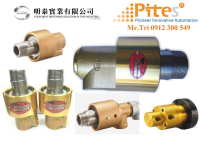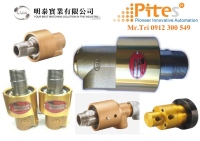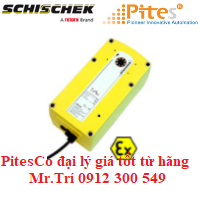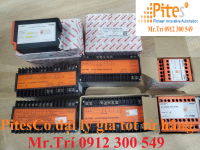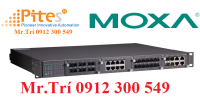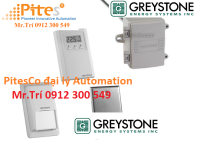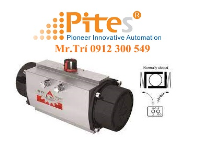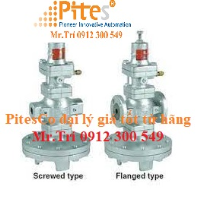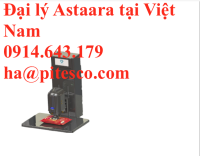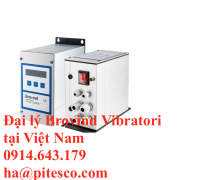
U-Tubed Coriolis Mass Flow Meter smartmeasurement Vietnam
Hãng sản xuất: smartmeasurement
U-Tubed Coriolis Mass Flow Meter smartmeasurement Vietnam, U-Tubed Coriolis Mass Flow Meter smartmeasurement, U-Tubed Coriolis Mass Flow Meter Vietnam, U-Tubed Coriolis Mass Flow Meter
SmartMeasurement’s ALCM-UT Coriolis flow meters utilize two tubes formed into a U-shaped geometry in a parallel arrangement, which are vibrated at their resonant frequency by coils. Any mass flow passing through the tubes will generate Coriolis forces, which are created whenever a mass moves radially in a rotating system. These forces have opposite effects on the inlet and outlet sides, deforming each tube to a small degree.
How Do U-Tubed Coriolis Mass Flow Meters Work?
The excursion of the tubes is detected by sensors located at the meter inlet and outlet, and is measured as a time delay, or phase shift. The phase shift between the rotational frequencies of both tubes is directly proportional to the mass flow rate.
The resonant frequency of the U-tubed Coriolis mass flow meter’s tubes changes in proportion to the density of the fluid media. This effect allows for the measurement of media density.
Using only one sensor, both density and temperature measurements can be collected, as the extent of deformation of the pipes is temperature-dependent. Therefore, the temperature is measured for compensation purposes. Using only one instrument, values including mass flow, density, and temperature can be measured.
The microprocessor-based circuitry of our U-tubed Coriolis mass flow meters also allows for conversions such as volumetric flow, percent concentration, and percent water-cut to be determined.
Request a quote today, or contact SmartMeasurement to learn more about our U-tubed Coriolis mass flow meters.







 Mr. Trí
Mr. Trí